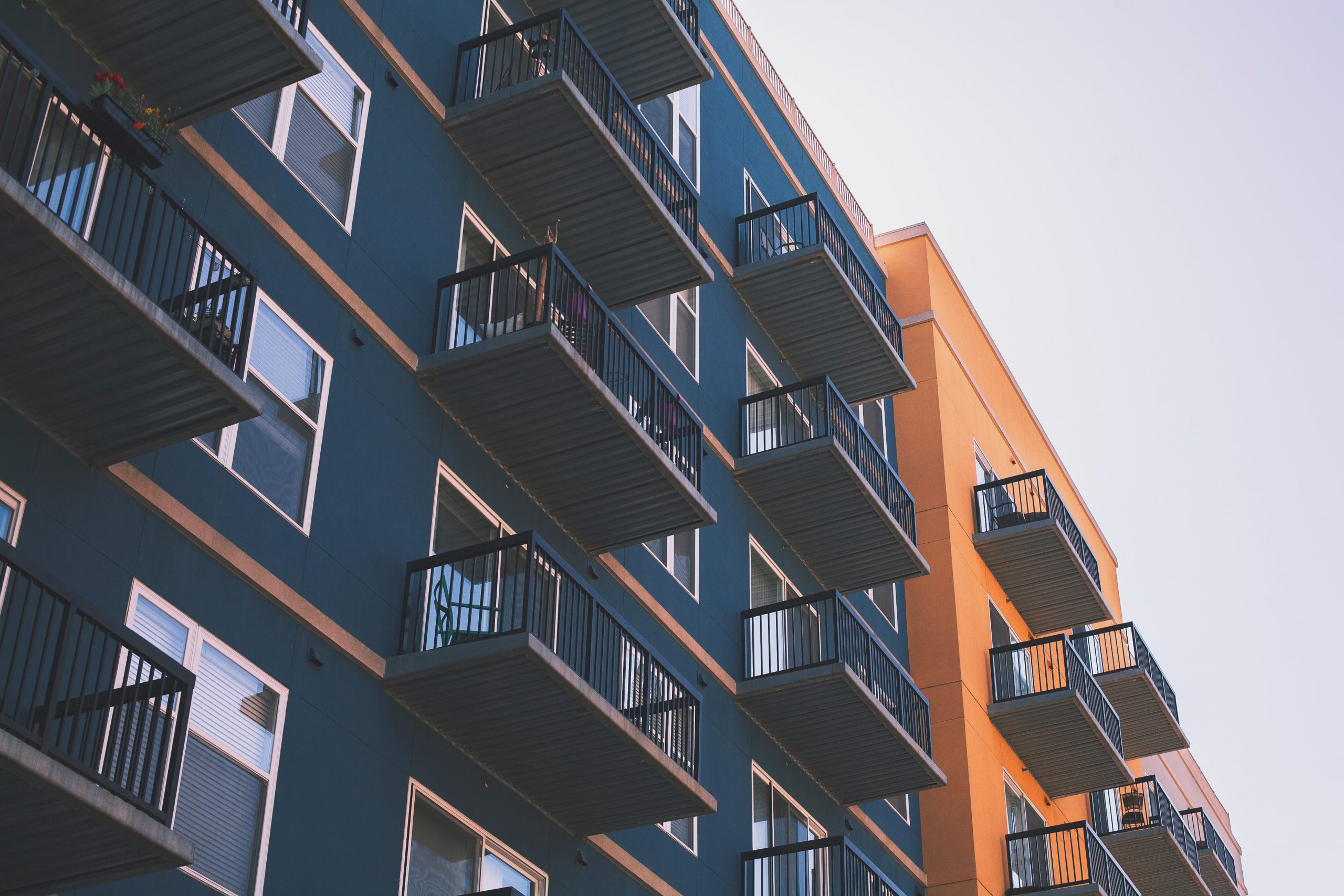The habitational property market is showing signs of stabilizing, with rates leveling off after a period of increases. However, terms with wind/hail (W/H) deductibles and higher all-other-peril (AOP) deductibles, are expected to remain. The industry average for W/H deductibles currently sits at around 2%. In the E&S market, deductibles are being used more as underwriting tools than as credit tools to reduce premiums. Most binding markets are now mandating building valuations to support the requested values.
COVERAGE AND MARKETS AVAILABLE
We can write most coverages for habitational risks including general liability, property, package policies, monoline GL, monoline property, and excess lines. Markets are accessible for mixed-use occupancy, including mercantile and apartments.
PROGRAM FOR INVESTOR PROPERTIES
A specialized program is available for “investor properties.” The program requires a minimum of five properties, with a preference for 10 or more rental dwellings. Each location must have a total insured value (TIV) of no more than $2 million with this program.
TYPES OF HABITATIONAL
We have markets available to cover a wide range of property types, including:
• Student housing (excluding fraternity and sorority housing)
• Apartments
• Short-term rentals
• Condos and townhomes
• Dwellings
• Mobile home parks
• Senior living facilities
• Boarding houses
Additionally, markets are accessible for condo and homeowners’ associations, as well as lessor’s risk only (LRO) properties.
BUILDING CONSTRUCTION CLASSES
When classifying construction, it’s important to understand the different types:
Class 1 – Frame: Exterior walls made of wood or other combustible materials, even if combined with non-combustible materials like brick veneer or stucco.
Class 2 – Joisted Masonry: Masonry exterior walls with combustible floors and roofs.
Class 3 – Non-Combustible: Exterior walls, floors, and roofs are made of metal or other non-combustible materials.
Class 4 – Masonry Non-Combustible: Masonry exterior walls with metal or other non-combustible floors and roofs.
Class 5 – Modified Fire Resistive: Masonry or fire-resistive materials for exterior walls and floors/roofs with a fire-resistance rating of one to two hours.
Class 6 – Fire Resistive: Masonry or fire-resistive materials for exterior walls and floors/roofs with a fire-resistance rating of at least two hours.
With the stabilization of property rates and evolving underwriting practices, now is a good time to reach out to your underwriter and review your insured’s coverages. We’re here to help you find the right solution and navigate the complexities of the market.
A printable version of this article is available here.
